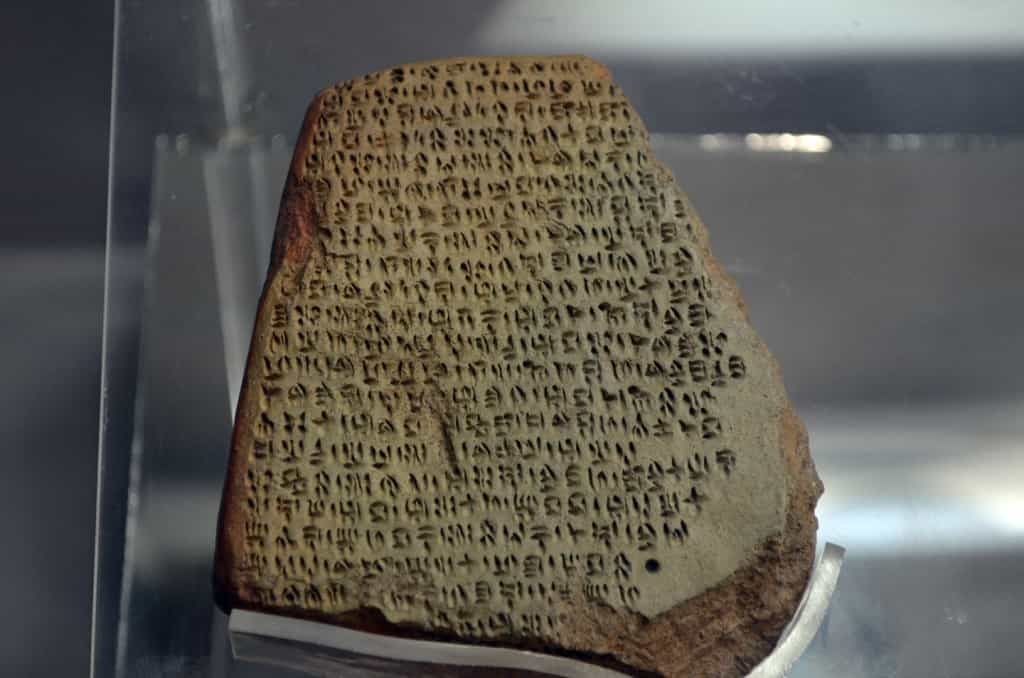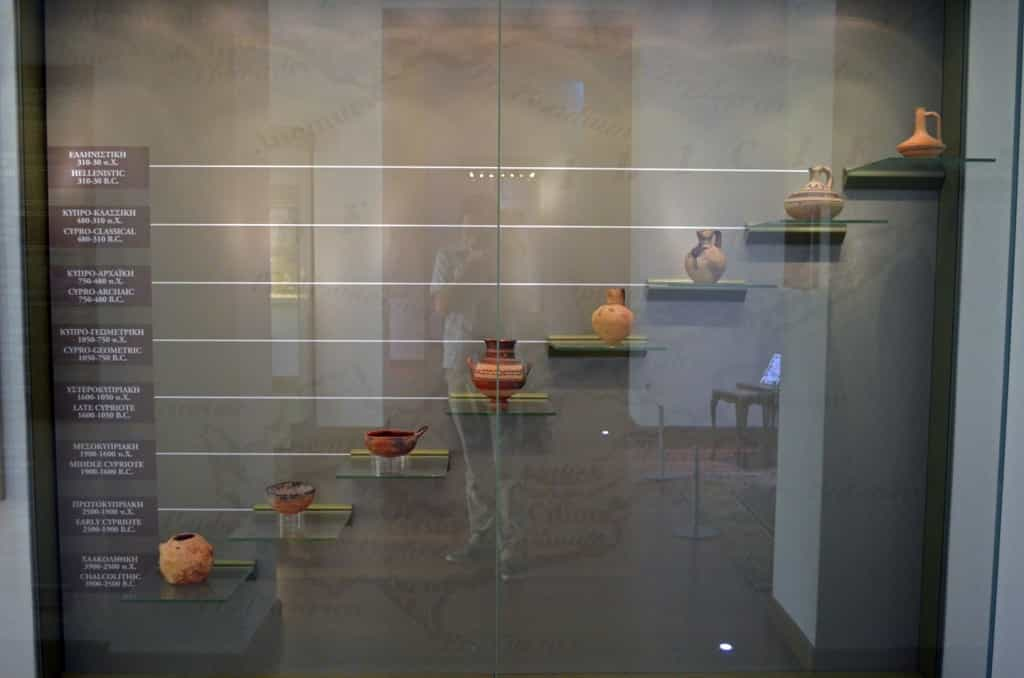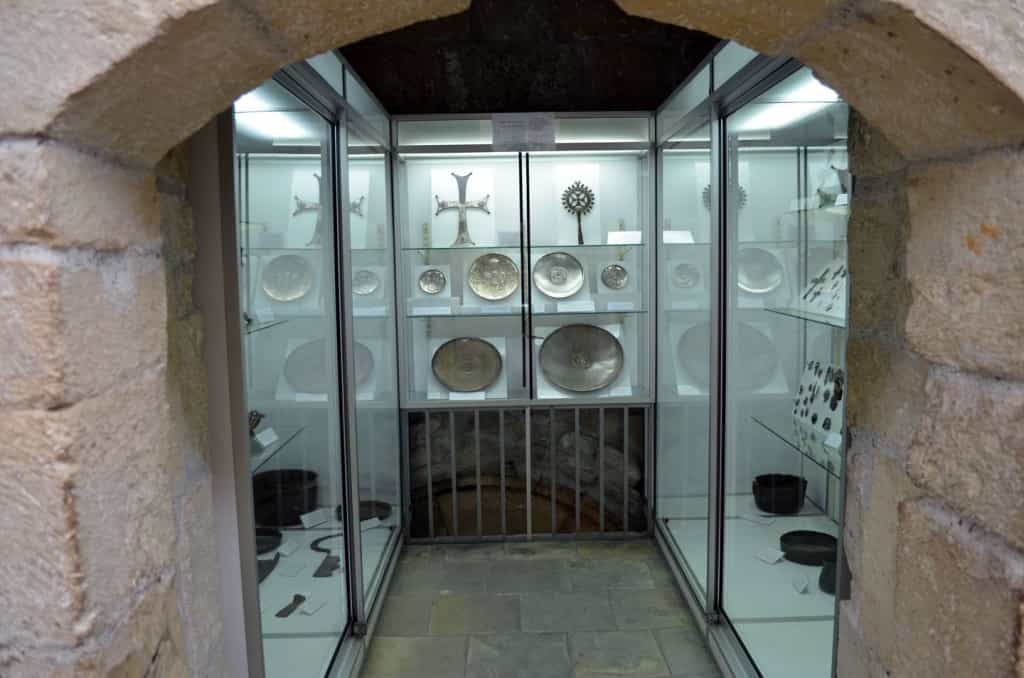When you travel on a full-time basis, sometimes you visit a new country without having had the chance to learn as much about it as you would have liked, prior to arriving.
In this case I was fully prepared, having read the latest books about Cyprus. Seriously, as my current travels are going on at a crazy pace and I have little time to catch-up on the blog, I won’t have much to say about Cyprus and this may look a little like a photo essay.
Antonia, a woman from Cyprus I met a few days ago in Romania, asked me what my favourite city had been in Cyprus (I already admitted I am a week late on the blog, hence the time warp). She seemed surprised I said Nicosia. I said so because I think that in the low season, it is the only city I visited that didn’t have the “low season” feel to it at all, except on just a few blocks of tourist shops. Ledra Street on a week-end is packed all year round. In fact, had I visited in August, Nicosia might very well have been the city I liked the least!
Locals enjoying a Saturday concert by the police band.
This lively atmosphere gave me the unusual desire to party in a nightclub; and by chance there happened to be one close to my hotel. Unfortunately, I looked at the promotional pictures and saw it was frequented only by provocatively yet very elegantly dressed women. I’m not an idiot; I instantly understood it was a club for wealthy lesbians, so I didn’t go.
Canada has a long history of military involvement in Cyprus, having participated in the UN presence here for decades. In fact, the week I was there, the 50th anniversary of Canada’s involvement – in one way or another – was being celebrated.
While I read in an online guidebook that the topic of the Turkish Occupation is a little touchy in the World’s last divided capital, clearly this border restaurant feels OK with a tongue-in-cheek name!
The Cyprus Museum is located just outside old Nicosia. It does a great job illustrating the very ancient history of the country. When some scholar or public servant wrote this text in the 13th century BC, my Northern France ancestors were probably busy digging up roots for lunch.
So ancient that in this display representing almost 4,000 years of pottery evolution, the most RECENT piece is 2,300 years old!
An archeologist’s work must be painful sometimes. This enormous bronze statue of Septimius Severus had to undergo a massive restoration in 1929. It had been discovered by a peasant, who immediately proceeded to smashed it to pieces, assuming it would contained a treasure.
I arrived in Limassol the day before the annual marathon, but I missed the start as I didn’t know it was on.
The runners of shorter races were already relaxing in cafes, as I saw from the top of the Limassol Castle.
In the castle’s old dungeon, various artefacts are displayed in the cells.
And the building is a great example of the layers of architecture on this old island ruled by so many civilizations.
The country’s big archeological centre is Paphos. Here at the Tomb of the Kings, no kings were ever buried, but rather local rich people who, in the process, forever deprived the country of a lot of prime real estate for the construction of vacation condos.
It would have been more considerate to be buried inland, but they chose the location for the easy source of food for the workers. Fish from the sea, and chicken from a local producer.
One of the most impressive tomb.
And this unusual one, which reminded me a lot of the impressive rock-hewn churches of Lalibela, Ethiopia.
Again in Pahos, rich layers of history as this 15th century church stands on the ruins of a 4th century church.
The new one is still in use.
And the Paphos Castle. A very nice building which you can visit, but renovations are ongoing and there is currently nothing to see, do or learn inside, but you can go on the roof and take pictures.
A 2.5 Euro picture of the marina, seen from the castle’s roof.
You can do the same in Larnaca, although here the castle contains a small museum.
Larnaca’s beautiful waterfront, seen from the castle. As you can see, ever on a bright sunny day, mid-march in Cyprus is not yet busy beach season.
The castle contained the police station and the gallows during the British mandate. Executions ended in 1945, long before the British left.
The Church of Saint-Lazarus, apparently built in the 9th century on top of the place where Lazarus was buried for the second time (the first time he was resurrected by Jesus, remember).
And finally, food. In Nicosia I walked around the streets looking for cheap eats. I found an Armenian restaurant where everyone seemed to line-up for pizza. When it was my turn to order I asked for a pizza although I saw no menu. In less than 5 seconds, I had a delicious pizza. Only one kind, sold as they come out of the oven for an incredible 3 Euros! You want half anchovies, half mushrooms? You can go to another restaurant and pay 18 Euros because there are people waiting in line behind you!
In Paphos I was walking past the depressingly empty tourist restaurants, only to find equally empty restaurants that looked like they might have attracted a local clientele. Where did people eat on a Saturday? By chance, I found it.
At the mall! I sometimes challenge the old travel advice to try to eat where most local people eat. This is often very good advice, but in North America, that would often mean McDonald’s! Perhaps my challenge has some truth to it in Cyprus as well.
Overall, I really enjoyed Cyprus but I didn’t visit at the best time. I would rather go diving or go to the beach in the morning and visit a museum in the afternoon, rather than do “cultural stuff” all day. And I am sure there is a lively bar scene all year in most places, but in low season you really need to know where to go and when, because most places will be dead quiet or even closed for the season. Cypriots I talked to all recommended the shoulder seasons of May-June and the early fall.
Next time I visit, I’ll try to learn more about the country before and during my trip. I still have a hundred questions. I’ll leave you with one fact: Cypriots who fought against the British rulers did NOT want independence; they wanted to become part of Greece. I will admit with embarrassment that I did not know that very key fact in the conflict’s history.
#Cyprus
















































